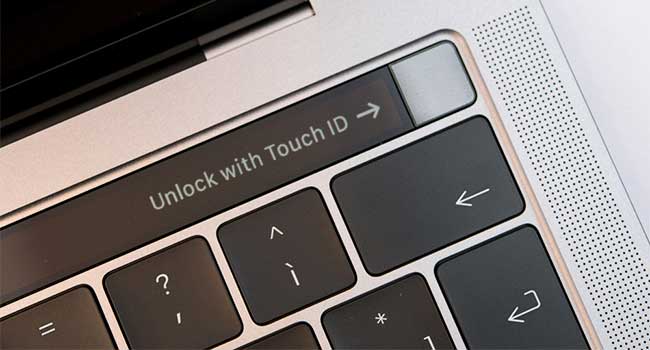
Apple Introduces New Touch ID and Security Chip to MacBook Air
Apple's new security chip now disables MacBook's microphone when the lid closes.
- By Sydny Shepard
- Nov 01, 2018
Apple is increasing the security of their devices with new features like biometric Touch ID and a new security chip embedded in the new MacBook Air introduced on Tuesday.
The new MacBook Air was revealed at the Apple Event in New York, and now includes Apple's Touch ID sensor on the keyboard. The fingerprint sensor is used to unlock devices and was introduced in the iPhone 5s in September of 2015. The biometric security feature has proven to be a faster, more convenient alternative to passwords.
The Touch ID feature does more than unlock the new MacBook Air, however. You can not use the biometric feature to shop using Apple Pay as well as authenticate third-party apps.
Your fingerprint data is encrypted and secured on Apple's T2 security chip, which uses Secure Enclave. All your data, including passwords and your fingerprint is stored on the device and doesn't leave the MacBook Air. The tech giant explained they don't even receive the data.
Apple's T2 chip will now also disable your MacBook's microphone when the lid is closed, according to its latest security overview. This change is hardware-based, which means no software (including malware from potential hackers) can turn on your microphone when the lid is shut.
The T2 chip was first introduced this summer, and adds an extra layer of security for all of Apple's devices. Though security features are often embedded in the processors, more tech giants have been replying on standalone chips.
About the Author
Sydny Shepard is the Executive Editor of Campus Security & Life Safety.